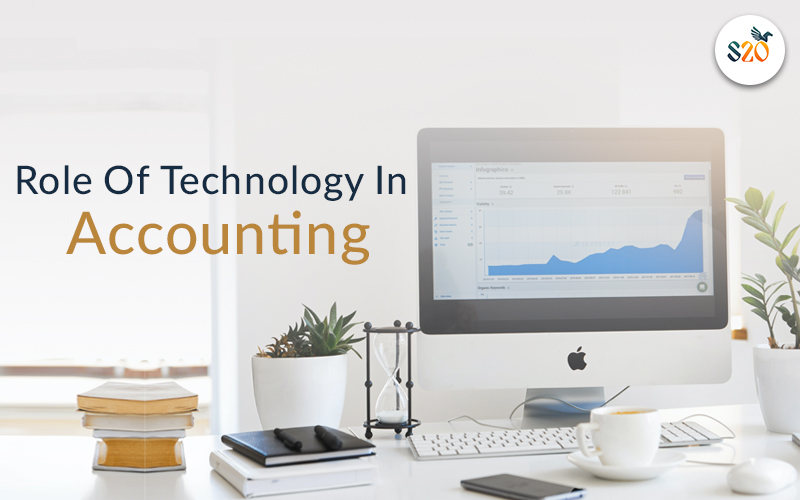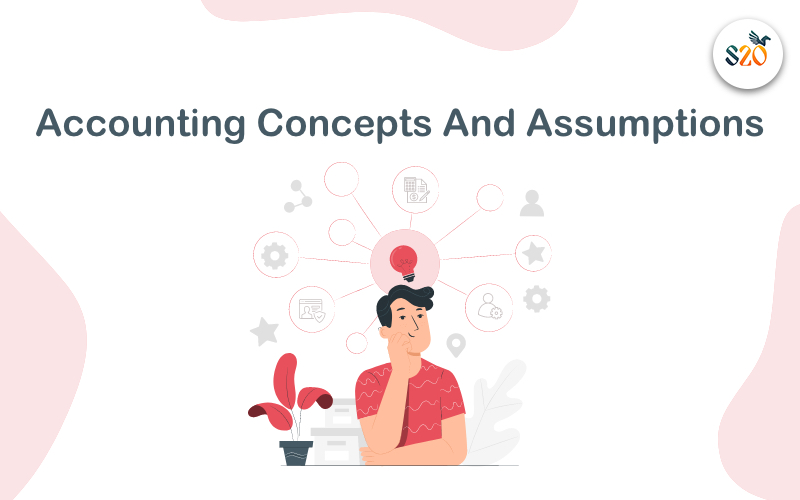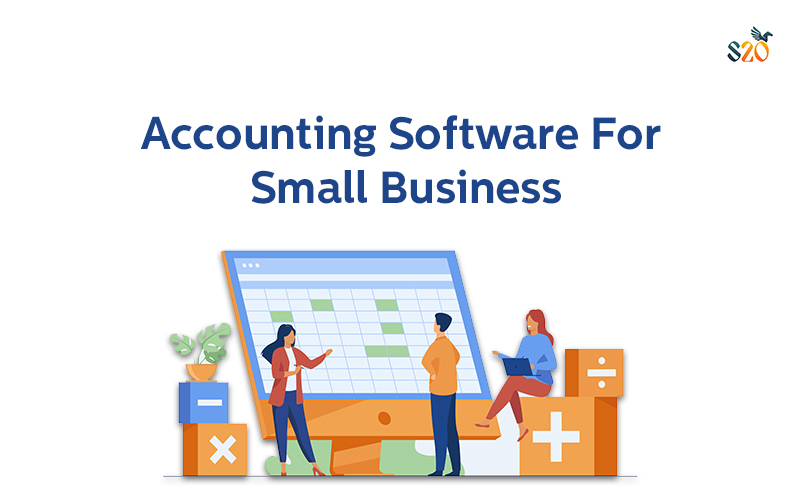The intricacies of using SAP have confused many people for a very long time. While it might seem complicated, we are here to teach you how to work on SAP and be an expert at it. One of the most common questions while working on SAP ERP is “What are SAP Instance and SID?”
Read on to have these questions answered and learn more about using SAP with ease!
If you want to learn about how to use SAP like an expert, check out S20’s SAP course in Ahmedabad. We are sure that you will come out as a pro at SAP.
What Is SAP SID?
SAP System Identification is known as SID. Every installation of the SAP R/3 system has a unique system identification, or SID. The SAP SID is a three-digit server-specific unique identification code.
There are no specific guidelines for naming the SID other than the fact that it should be three letters and all capital. By using its SID, each system may be identified uniquely. SID may consist entirely of letters or at least one letter, then digits, and then letters. However, there are some guidelines that can help you name and identify different systems.
Logical System Names
Each system within a network must be easily distinguishable in order for data to be distributed across them. This problem is addressed by the “logical system.”
An application system known as a logical system consists of multiple apps that collaborate on a single database. The logical system is referred to as a client in SAP.
Two systems cannot share the same name if they are connected to each other as source systems or BW systems, or if there are plans to connect them in any other way. This is because the logical system name is used to uniquely identify a system within the network.
What is SAP Instance?
The time frame created while installing and configuring the SAP system is know as SAP Instance. A shared instance memory allocation and one or more concurrently running processes make up an instance. Basically, a group of system resources, including memory, processes, dispatchers, and many more, usually for a single application or database server within a SAP R/3 client-server environment. The resources that are mentioned can be used and shared with other instances.
SAP Instances have three types –
SAP System = Dialog Instance + Central Instance + Database Instance.
1. Dialogue Instance
There is a dialogue instance in the application layer. For a given system, the application layer can have a greater number of dialogue instances. It is used to maintain and distribute the server’s load.
There may be a dialogue instance on a different host. Hardware resources, a dispatcher, and work processes make up a dialogue instance. If the number of dialogue instances rises, so do hardware resources, dispatchers, work processes, and the number of concurrent user logins.
2. Central Instance
With some additional duties, the central instance can serve as the dialogue instance. Enqueue process will identify central and dialogue instances. Enqueue process is only present in the central instance.
Enqueue and message servers can be found in the central instance. Before accessing a database through a message server, all Dialog instances first connect with the central instance. When an instance is started, the dispatcher process tries to connect to the message server. in order to announce the services (DIA, BTC, SPO, UPD, etc.). Using the enqueue service, the locking table can be handled centrally. For a single SAP system, there will only be one instance.
3. Database Instance
The database instance responds to the central instance’s requests. Based on the user’s demands, the central instance delivers the requests to the database instance. Users are served by the database instance just as the enqueue server offers the lock management system.
How To Create Instance?
If you follow along with the steps given below, you can easily create a SAP Instance –
1. The first step in creating an instance is to define the operating mode.
2. To create an instance, go to CCMS -> Configuration or RZ04.

3. Select “Instance/operation modes”.

4. You can either press F6 or click on the “Create New Instance” icon.
5. When prompted, type the hostname and select Current Settings.

- SAP System No.: The system number given during installation is the SAP system number.
- Instance profile: The name of the profile should be chosen from the list of options before running the instance. To view the profile information, click the “Input Help” button.
The system presents all pertinent information about the instance if the application server is already up and running. Use input help to display the potential entries to display the values if the application server is not active.
Changing An Instance Definition
Follow these steps to change an Instance definition.
1. To maintain an instance, go to RZ04 or CCMS -> Configuration.
2. Select “Instance/operation modes” as seen below.
3. From the “productive instances list”, select an entry.
4. Click on “Save” after you have changed the data that is required to be modified.
Deleting An Instance
Lastly, you can follow along the steps given below in case you want to delete and instance.
1. To maintain an instance, go to RZ04 or CCMS -> Configuration.

2. Select “Instance/operation modes” as seen below.
3. From the “productive instances list”, select an entry.
4. To delete an operation mode, select it specifically and then choose “operation mode -> delete.”
This eliminates the operating mode together with all instances and associated work processes.
We hope this helps you understand the intricacies of SAP Instance and SAP SID. If you want to be an expert in operating SAP, enroll into our SAP Course in Ahmedabad and be unbeatable at it. Head over to our website to learn more!












